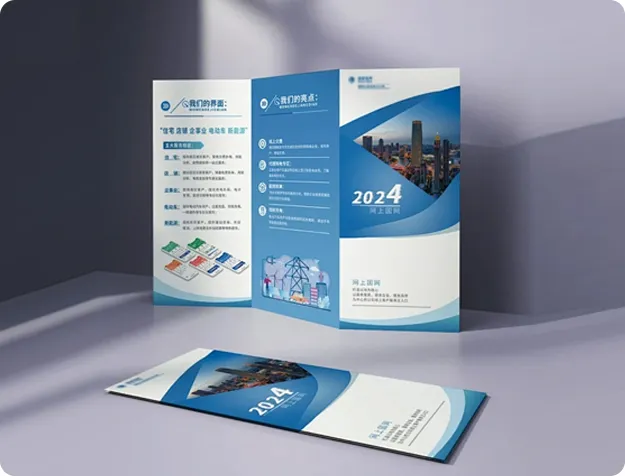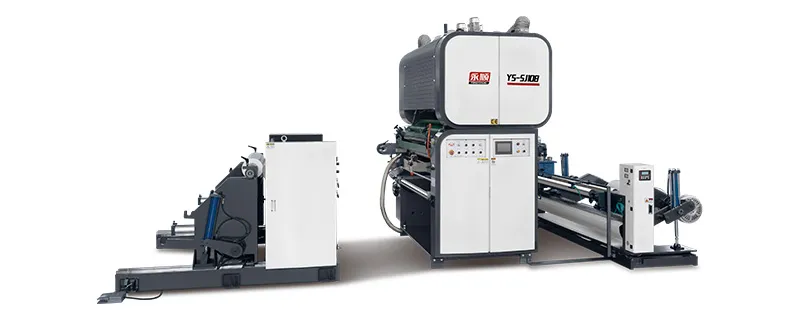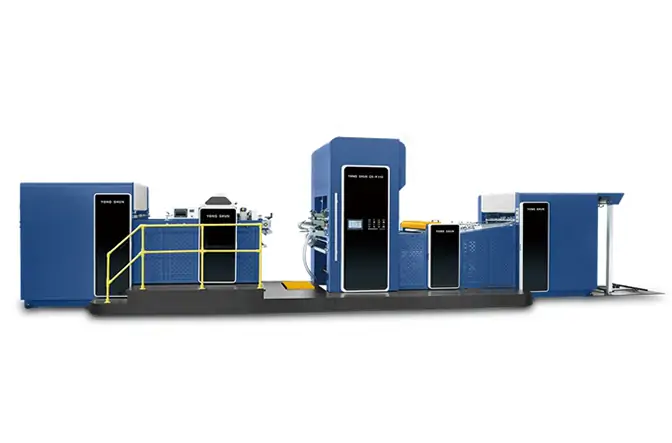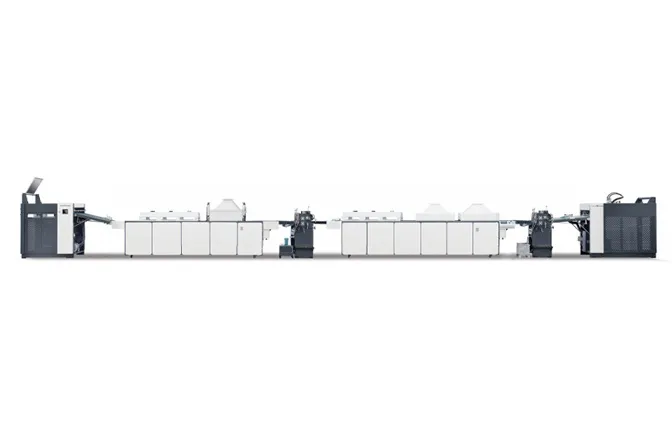Laminating paper typically involves using a laminating machine to bond a protective plastic film—often polyethylene—to both sides of the paper through heat and pressure. Here’s a step-by-step breakdown:
This process yields a durable, water-resistant finish, ideal for preserving documents or enhancing durability.

Key Machine Types:
1. Pouch Laminators (Small-Scale Use)
* Operation: Insert paper and film into pre-made pouches.
* Features:
Indicator lights for readiness
Dual-roller systems to minimize air bubbles
* Ideal for: Offices, homes, and small batches
2. Roll Laminators (Commercial Use)
* Operation: Continuous lamination with film rolls.
* Industrial Models:
Handles widths up to 60 inches
Automatic tension control to prevent wrinkling

Advanced Technologies:
Film Specifications:
Core Biodegradability:
Factors Affecting Degradation:
1. Coatings & Treatments:
2. Disposal Conditions:
Understanding the laminating process—from film laminating machine types to film specifications—empowers users to protect documents effectively, while recognizing paper’s biodegradable nature highlights the importance of sustainable disposal. Whether preserving a cherished photo with a cold laminator or composting uncoated paper, these practices bridge durability with environmental responsibility.




GET A QUOTE